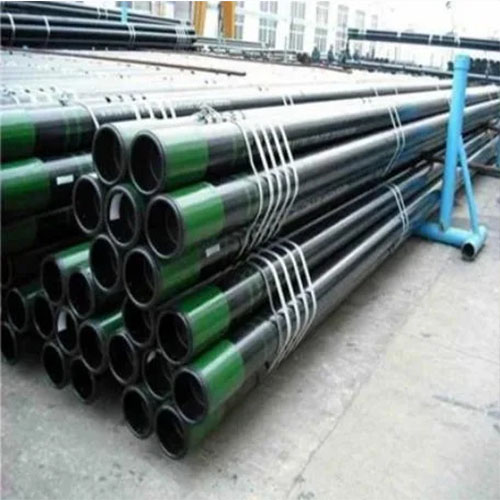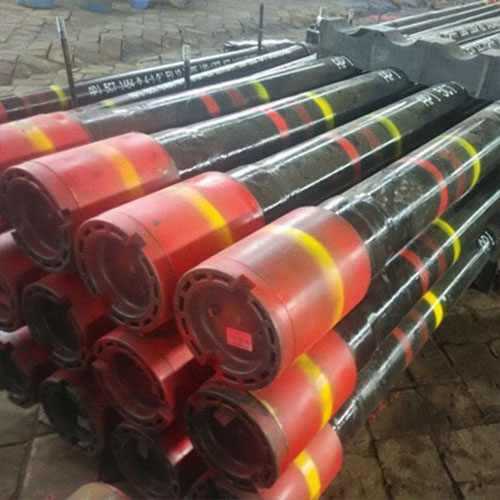Table of Contents
The Differences Between Hot Rolled and Cold Rolled Steel
Steel is one of the most widely used materials in the world, with applications ranging from construction to manufacturing. When it comes to steel production, there are two main methods used to shape and form the metal: hot rolling and cold rolling. While both processes involve the manipulation of steel at high temperatures, there are key differences between the two that can impact the final product.
Hot rolling is a process that involves heating steel above its recrystallization temperature and then passing it through a series of rollers to shape it into the desired form. This method is typically used for larger pieces of steel that need to be shaped quickly and efficiently. The high temperatures involved in hot rolling make the steel more malleable, allowing it to be easily formed into complex shapes and structures.
On the other hand, cold rolling involves shaping steel at room temperature or slightly above. This process is typically used for thinner Gauges of steel or for products that require a smooth surface finish. Cold rolling can produce steel with tighter tolerances and improved surface quality compared to hot rolling. However, because the steel is not heated to high temperatures during the process, it is less malleable and may be more difficult to shape into complex forms.
One of the key differences between hot rolled and cold rolled steel is the mechanical properties of the final product. Hot rolled steel tends to have a rougher surface finish and may contain surface defects such as scale or pits. However, it also tends to be less expensive and easier to work with than cold rolled steel. Cold rolled steel, on the other hand, has a smoother surface finish and tighter tolerances, making it ideal for applications where appearance and precision are important.


Another important difference between hot rolled and cold rolled steel is the strength and hardness of the final product. Hot rolled steel tends to be softer and more ductile, making it easier to bend and shape. Cold rolled steel, on the other hand, is harder and more brittle, making it ideal for applications where strength and durability are important. Additionally, cold rolled steel tends to have higher tensile and yield strengths than hot rolled steel, making it a preferred choice for structural applications.
In terms of cost, hot rolled steel is generally less expensive than cold rolled steel. This is due to the lower processing costs involved in hot rolling, as well as the fact that hot rolled steel is typically produced in larger quantities. Cold rolled steel, on the other hand, requires more processing steps and is typically produced in smaller quantities, leading to higher production costs.
In conclusion, both hot rolled and cold rolled steel have their own unique advantages and disadvantages. Hot rolled steel is ideal for applications where speed and cost are important, while cold rolled steel is preferred for applications where precision and strength are key. Understanding the differences between these two processes can help you choose the right type of steel for your specific needs.

